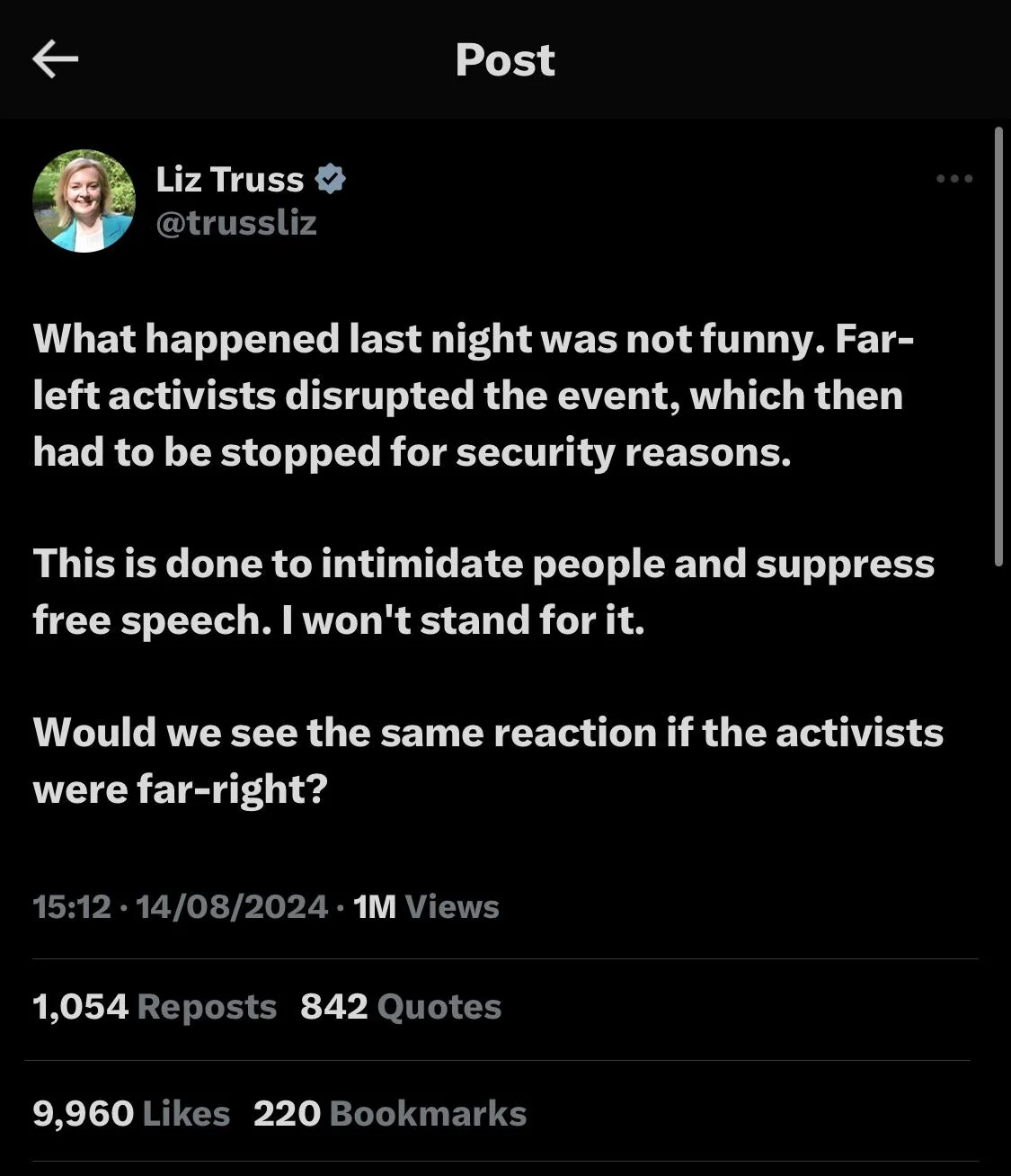As riots swept the U.K. in recent days, far-right groups plotted attacks on immigration centers and swapped manuals for making petrol bombs on the fringe social network Telegram.
Social media platforms have faced intense criticism for hosting extremist rhetoric that has inflamed violent disorder since the killing of three children in Southport in a stabbing attack late July.
But while Elon Musk’s provocations on X (formerly Twitter) have grabbed the limelight, right-wing agitators have long enjoyed an unparalleled level of impunity on Telegram.
“The far right, fascists and neo-Nazis have long regarded Telegram as a safe space for the exchange of their views,” said Matthew Feldman, a specialist on right-wing extremism who teaches at the University of York.
Channels set up on Telegram following the killings in Southport amassed tens of thousands of members and were used to mobilize far-right rioters. Locations shared on the app were targeted for widespread violence and the destruction of property, including a mosque in Southport.
Rioters attempted to burn down two hotels housing migrants in Rotherham, South Yorkshire, and Tamworth, Staffordshire, on Sunday.
Telegram has since shut down some of the most egregious channels, including one named “Southport Wake Up,” that had gathered more than 13,000 members. “Telegram allows peaceful expression regardless of political affiliation, but calls to violence are explicitly forbidden by Telegram's terms of service,” the company said in a statement.
This unusual move was likely because the channels contained material that could have been considered “terroristic,” said Tim Squirrell, director of communications at the Institute for Strategic Dialogue, a non-profit which analyzes extremism.
...
It's extremely rare for Telegram to “nuke” a whole channel, said Squirrell, who previously worked as a senior adviser on counter-terrorism to the British government. However, the platform has acted upon notices from the security services or counter-terrorism police before.
...
The app’s headquarters are legally in the British Virgin Islands but it operates out of Dubai.
“It became really, really big during the pandemic, when it became a real home for conspiracy theorists of all stripes, and was used to network and mingle and repost their content,” said Squirrell.
“A lot of those networks never went away after the pandemic.”
The platform hosts a far-right channel set up by Stephen Yaxley-Lennon, better known as Tommy Robinson, who was banned from Twitter. The far-right agitator has now returned to the platform under Musk’s stewardship.
Channels like those run by the conspiracist Unity News Network and far-right group Patriotic Alternative were prominent during the past week’s unrest in the U.K.
Lax content controls mean that far right organizers can conduct their activities undisturbed. Telegram has “less than a dozen” moderators, said Feldman, compared to the estimated 15,000 who work at Meta. Telegram’s few moderators spend their time removing “the worst things that humanity can come up with,” like child sexual abuse material, he added.
...
The messaging service’s range of functionality makes it appealing to right-wing activists. “What you'll see is smaller, more vetted groups being used as a way to organize, and then larger public channels as a way to do recruitment [and] push propaganda out to a much wider audience,” said Squirrell.
While Telegram has removed some far-right channels inciting violence in the U.K., many remain open and have continued to share plans for public disorder. However, there are signs users are becoming more savvy about implicating themselves. “This list does not constitute an endorsement of any protest action that may lead to violence,” read one post identified by the Independent.
While Telegram has removed some far-right channels inciting violence in the U.K., many remain open and have continued to share plans for public disorder. However, there are signs users are becoming more savvy about implicating themselves. “This list does not constitute an endorsement of any protest action that may lead to violence,” read one post identified by the Independent.
While the app has half a billion users worldwide, average U.K. active users have numbered around 2.7mn since the beginning of 2024, although this increased to 3.1mn on the day of the stabbing.
...
Although Telegram removed some channels this week, there are doubts the app will respect the U.K.’s new internet regulation, the Online Safety Act, when it comes into force at the end of the year.
Under this legislation, platforms will have to consistently remove illegal content, including content involving hatred, disorder, provoking violence and certain types of disinformation. But Telegram faces less stringent rules than larger platforms like X.
“[Telegram] will do as little as possible until there are credible threats [to] their bottom line,” said Feldman.
